In an increasingly global world, it’s useful to learn different languages and cultures, which can be made easier by understanding the difficulty of the language you are learning. Many difficult languages to learn in the world seem like they would be easy to pick up, but the reality often isn’t so simple.
However, if you speak one of the 25 most difficult languages to learn in the world, you are one step ahead of the crowd. Learning a different language can be fun and open new possibilities. However, some languages are easier to learn than others. Just what are the most difficult languages to learn?
From Korean to Arabic to Hindi, some of these languages not only incorporate parts of the tongue and mouth in exotic ways, but they also have a written language that looks extremely different than what you are reading at this moment, English.
On the other hand, if you were born speaking one of these “difficult” languages, you probably wouldn’t think anything about how tough it can be for someone unfamiliar with it.
Interestingly, even if you learn one of these languages in school, if you don’t use it regularly, you will lose it. Speaking a language and being able to communicate and improve requires practice. If you don’t practice it, you will lose it. Additionally, other factors contribute to how you learn and retain a language.
Fortunately, nowadays, there are countless apps to help you as well as social media groups to join and even local groups to practice your newly learned language. Retention depends on how proactive you are at practicing and using it on a daily basis.
With that in mind, we’ve compiled a list of the 25 most difficult languages to learn in the world!

Tagalog
 iamraincrystal.squidoo.com
iamraincrystal.squidoo.com For speakers of English, the word Tagalog may seem like gibberish. It’s a foreign tongue, and one of the most difficult languages to learn in the world.
It has its roots in Austronesian languages, which are spoken by people on islands scattered across Southeast Asia and Oceania. Tagalog is also related to Bicol, Samar, Bisayan, Hiligaynon, and Cebuano.
Tagalog is the official language of the Philippines, where it is spoken as a first language by about 60 million people and as a second language by millions more who live there or are of Filipino descent.
Related Article: 25 Facts And Tips To Help You Learn A Foreign Language Fluently, Quickly, And Efficiently
Navajo
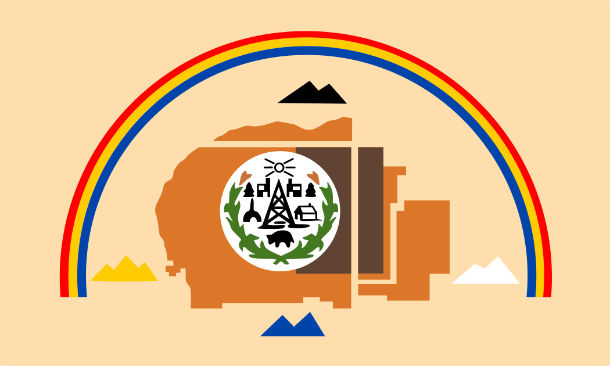 www.Omniglot.com
www.Omniglot.com As one of the few Native American languages in North America, Navajo has a very different history than many other languages. This language is spoken by the Navajo in Arizona and New Mexico.
It is considered to be a living language, with evolving grammar and vocabulary. While there are multiple dialects of the language, they can be understood by each other. This makes it easier for people who speak different dialects to communicate effectively with each other.
To get a grasp on Navajo, you have to first understand the Navajo culture and worldview. Navajo is also a tonal language. This means that the speaker may sound as if they are using a different word when in fact they are using the same word with a different tone. Tonal languages can be difficult for people to learn because it is hard to know when someone is saying one thing or another unless they tell you what they mean.
Related Article: 25 Stunning Things You Probably Didn’t Know About Human Languages
Norwegian
 Image: Via Flickr user Paal K. - https://www.flickr.com/photos/paal_k/15042726206
Image: Via Flickr user Paal K. - https://www.flickr.com/photos/paal_k/15042726206 Icelandic is a North Germanic language, so it’s related to other Nordic languages like Swedish and Norwegian. There are about 300,000 speakers of Icelandic around the world, with 95% of them living in Iceland.
It was first written down by Norsemen who settled in Iceland in 870 A. D. from Norway and northern parts of Scandinavia. The Icelandic Language has a lot of vowels and consonants, which may make it difficult for native English speakers to learn. It also doesn’t have articles like a or an. One could say that the grammar is different from many other European languages.
Persian
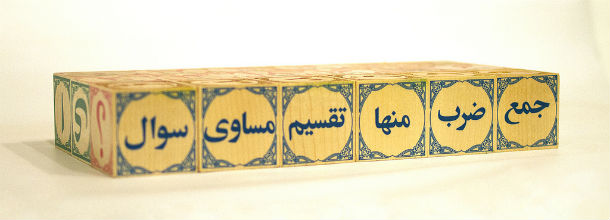 linguistblog.com
linguistblog.com The Persian language belongs to the Indo-Iranian branch of Indo-European languages. It’s mainly spoken in Afghanistan and Iran, as well as Tajikistan and other countries with Persian influence.
This language is known to be a continuation of the literary language of Sassanid Persia called Middle Persian language. Around 110 million people speak the language worldwide.
Indonesian
 ipll.manoa.hawaii.edu
ipll.manoa.hawaii.edu For centuries, the Indonesian language has been the language of business in the entire Indonesian archipelago.
It’s considered one of the most widely spoken languages in the world. Indonesia is the fourth most highly populated country in the world.
Dutch
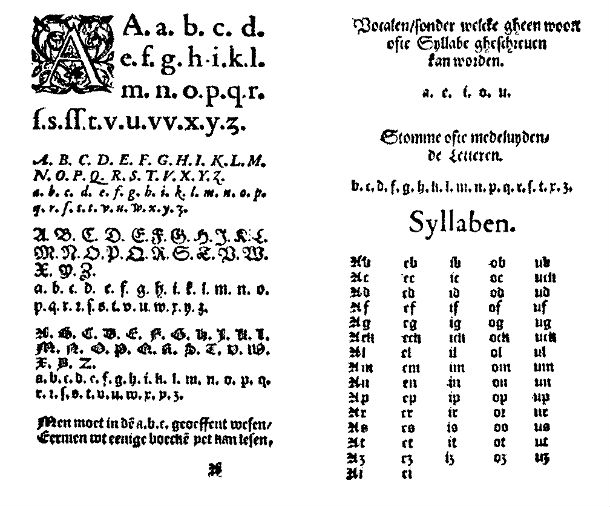
The Dutch language is the official language of the Netherlands and Belgium but it is also spoken in Aruba, Curacao, Sint Maarten, Suriname, and France (as a regional language).
It’s a West Germanic language that has been heavily influenced by neighboring languages. There are three main dialects: West, East, Brabantian, and Limburgish. If you’re thinking about learning Dutch, you’re going to have to be prepared for some serious grammar rules because articles must be used with a certain gender or number.
Slovenian
 worldbibles.org
worldbibles.org The Slovenian language is part of the South Slavic language group. It’s spoken by over 2.5 million speakers around the world, mostly in Slovenia.
This language is one of the 24 official and working languages of the European Union. It’s based on Upper and Lower Carniolan dialect groups.
Afrikaans
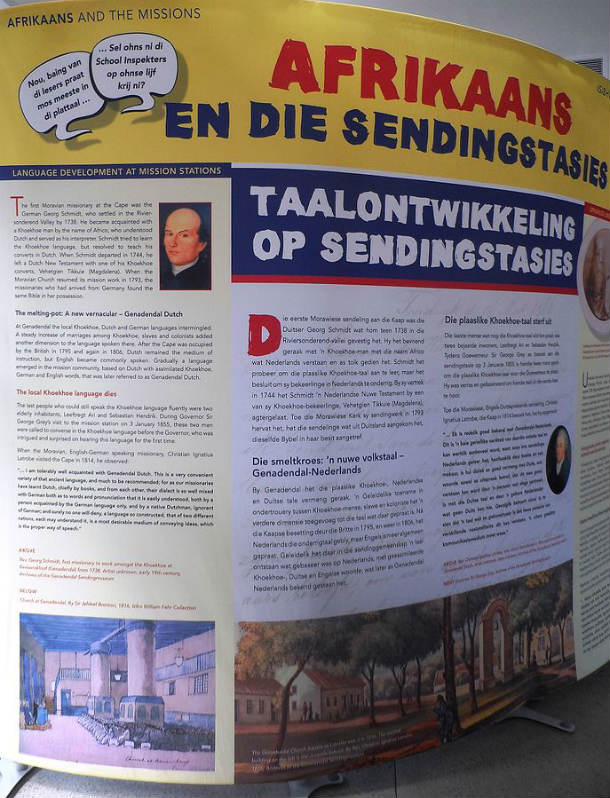 www.pinterest.com
www.pinterest.com A West Germanic language. Afrikaans is spoken by the natives of Namibia and South Africa, as well as Zimbabwe and Botswana. It’s considered a mixture of different Dutch dialects. which makes it a daughter language of Dutch.
Danish
 Shutterstock
Shutterstock The main language of Denmark, this language is spoken by more than six million people around the world. Danish is a North Germanic language that currently holds a minority language status.
In Greenland, around 15-20% of the total population speaks this language. It is mutually intelligible with Swedish and Norwegian languages. It’s also a descendant of Old Norse.
Basque
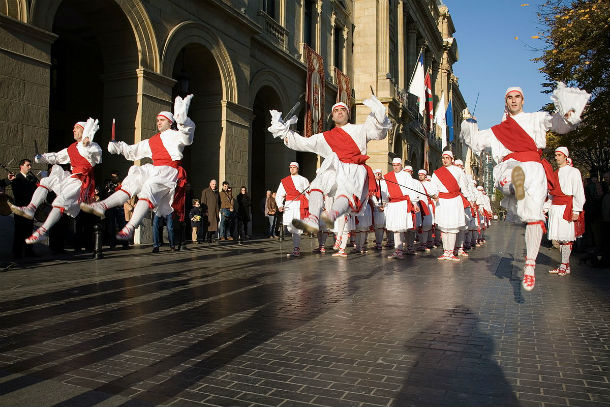 www.sansebastiandonostiaenglish.com
www.sansebastiandonostiaenglish.com
Welsh
 sapphiredreamsxox.blogspot.com
sapphiredreamsxox.blogspot.com
Urdu
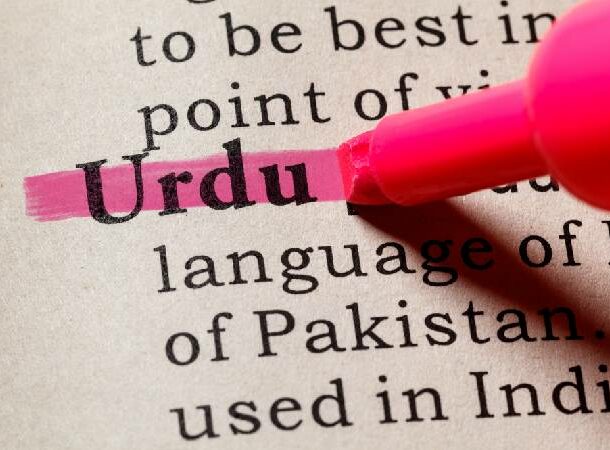 Shutterstock
Shutterstock Urdu is an Indo-Aryan language with a sizable amount of Arabic, Turkish, and Persian vocabulary. It is one of the official languages in Pakistan. It’s also recognized as a minority language in Bangladesh and has speakers among communities from Afghanistan to Iran.
Urdu is written from right to left in the Arabic script, with a few additional letters to accommodate sounds not found in Arabic. For this reason, it can be difficult for non-native readers.
Hebrew
 Shutterstock
Shutterstock Modern Hebrew is a Semitic language of the Afro-Asiatic family. It was developed in the 19th century and expanded by Eliezer Ben-Yehuda. This language has many forms, but usually, they are Modern Israeli Hebrew or Classical Hebrew.
For the most part, the only differences are in grammar, phonology, and vocabulary. Most modern Hebrew speakers can easily read an old text. The Semitic origins of the language can be seen in its words, phrases and syntax.
There are also many loanwords from other languages like Arabic, English, French, and Yiddish. Today it is written with a 22-letter alphabet. Some countries, including Gaza, Panama, and Brazil, still use Hebrew in addition to Israel and Palestine.
Korean
 Shutterstock
Shutterstock Korean is the official language of North and South Korea. It is spoken by over 80 million people around the world.
The grammar and sentence structure of Korean may seem difficult to decipher for many speakers of other languages. However, Japanese speakers don’t typically have many issues with this.
Sanskrit
 shutterstock
shutterstock According to some research, Sanskrit is among the most difficult languages to learn. It is a language that was traditionally used in Jainism, Buddhism, and Sikhism. This language has not been spoken as much because it has become an extinct language, meaning that people have stopped using it in daily life.
That being said, people still study this language for religious purposes and for the purpose of understanding Sanskrit’s history. The reason why this is such a hard language to learn is because of its complicated grammar rules.
Related Article: 25 Most Endangered Languages In The World
Croatian
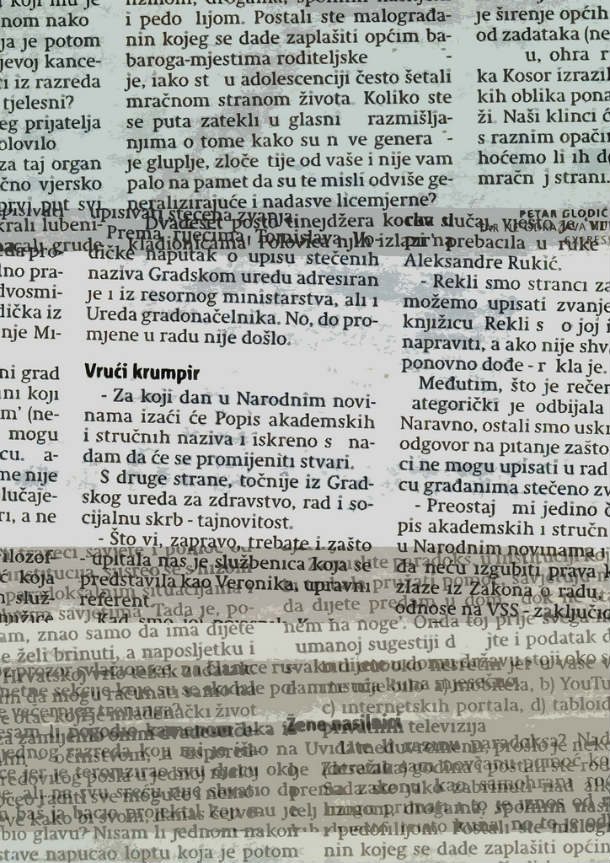 angpalayok.blogspot.com
angpalayok.blogspot.com
Hungarian
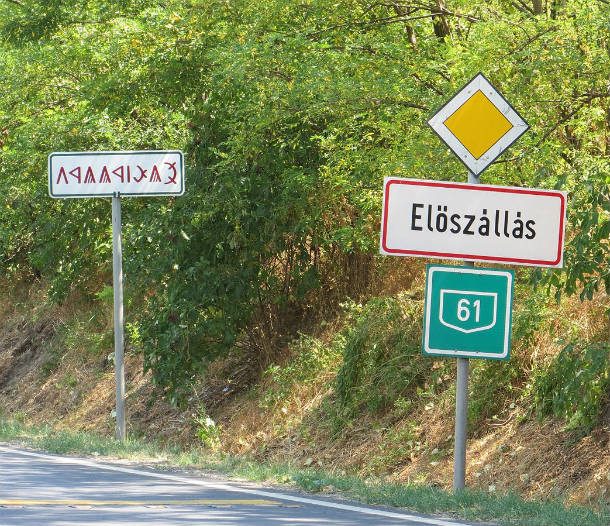 en.glossesweb.com
en.glossesweb.com
Gaelic
 Shutterstock
Shutterstock Also known as Scottish Gaelic, this language is a Celtic language that is spoken by the natives of Scotland.
It’s a member of the Goidelic branch and was developed out of the Middle Irish Language, just like Manx and Modern Irish.
Related Article: 25 Crazy Facts About Languages
Japanese
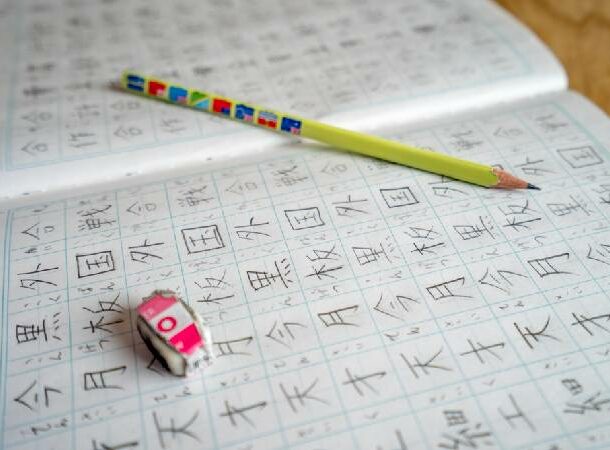 Shutterstock
Shutterstock The Japanese language is one of the most difficult languages to learn in the world. It’s complex and has three different alphabets: hiragana, katakana, and kanji. What makes the Japanese language so difficult to learn is its grammatical structure.
Unlike many other languages, the verb follows after the object of a sentence, and sentence particles are used at the end of sentences. These particles can be used to express politeness or that a sentence is rhetorical and not intended as a question. This can make Japanese one of the most difficult languages to learn for those without an understanding of these structures.
Albanian
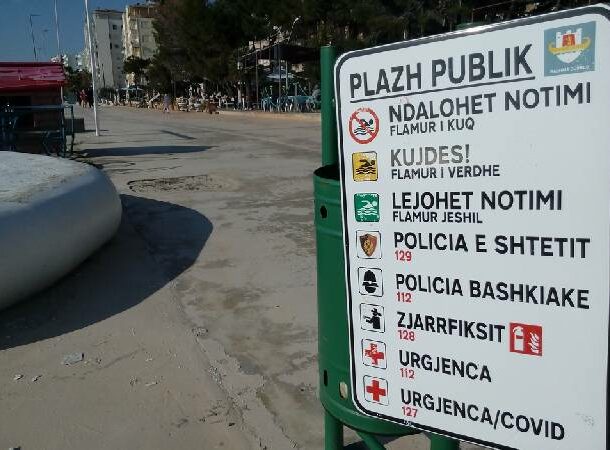 Shutterstock
Shutterstock Albanian is an Indio-European language spoken by the people of Kosovo, Alabania, Bulgaria, and the Republic of Macedonia.
This language is a centuries-old language that was first spoken by the old communities of Montenegro, Italy, and Greece. It shares similar word features with other languages such as German and Greek. However, its vocabulary is quite unique from other languages.
Icelandic
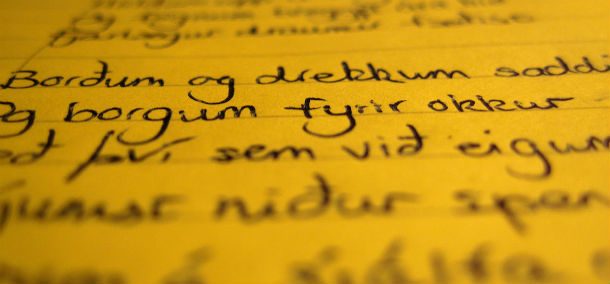 asmarttranslatorsreunion.wordpress.com
asmarttranslatorsreunion.wordpress.com
Thai
 Shutterstock.com
Shutterstock.com More popularly known as Siamese or Central Thai, the Thai language is the official national language of Thailand. It’s a member of the Tai-Kadai language family.
Almost half of its words are borrowed from Pali, Old Khmer, or Sanskrit. Thai is basically tonal and analytic and is known for its complex written alphabet and markers.
Vietnamese
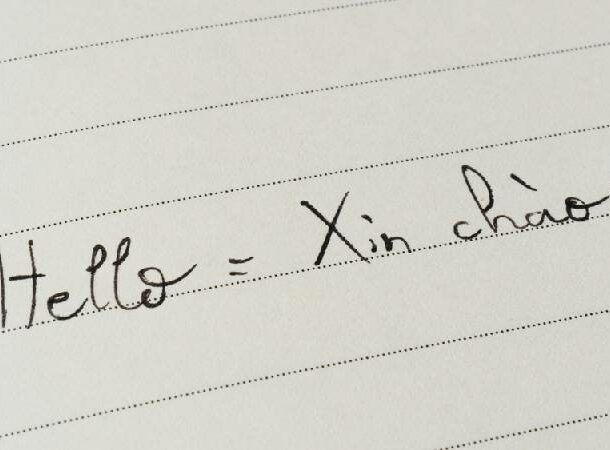 Shutterstock.com
Shutterstock.com Vietnamese is the national and official language of Vietnam, as well as a first or second language for many of its ethnic minorities.
Vietnamese vocabulary has borrowings from Chinese; however the Vietnamese alphabet in use today is a Latin alphabet with additional diacritics for tones and certain letters.
Arabic
 Shutterstock
Shutterstock Arabic is the most widely spoken Semitic language in the world and has about 360 million native speakers. It belongs to the Afro-Asiatic group and is closely related to Hebrew, Aramaic, and Phoenician.
Arabic is written from right to left in a cursive script known as Kufic. Arabic was introduced to the Middle East by Arab traders, who brought it from Arabia around 1,200 years ago. It gradually replaced Aramaic as an everyday language among people across this region. Arabic has different dialects, with one version often spoken in a given country different from that of others, for example, Morocco speaks one dialect, and Saudi Arabia speaks another.
Related Article: 25 Easiest Languages You Could Be Learning Today
Chinese
 asiasociety.org
asiasociety.org It is considered among the most difficult languages to learn. The Standard Chinese language is spoken in the People’s Republic of China (PRC), the Republic of China (Taiwan), and Singapore. The vast majority of Chinese words are made up of two or more characters, which can sometimes be combined together and have different meanings than when they are separated.
Furthermore, each word has different pronunciation tones that are used to differentiate between different words. It can take years to fully understand what a sentence says without looking at it analytically as a whole rather than focusing on each word separately.
Learning Chinese requires an in-depth knowledge of these rules and principles that cannot be learned by just reading and memorizing vocabulary lists. Overall, if you want to learn a new language but have a hard time with grammar or pronunciation, Chinese might not be the best bet for you.
If you enjoyed learning about the most difficult language to learn, you might also enjoy: 25 Easiest Languages You Could Be Learning Today



























